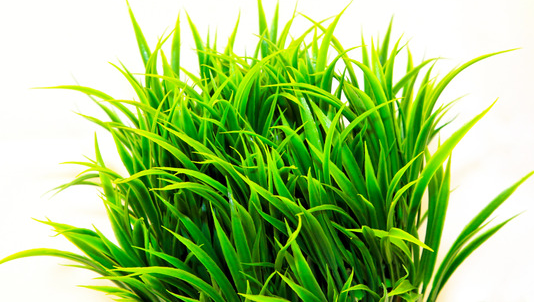
The word superfood may seem unreal, but indeed there are foods that provide overflowing nutrients than other raw foods such as fruits and vegetables. The food that falls under the category of superfood offers strong health benefits, making it an important part of your daily diet.
What is wheatgrass?
Wheatgrass is typically the young grass of the wheat plant, known as Triticum aestivum. The plant usually grows in the regions of Europe and the United States. The leaves of this plant is crushed and squeezed to make a juice. This superfood is a natural source of vitamins A, E, and B12, calcium, selenium, magnesium, and iron.
Benefit of Wheatgrass
There are various health benefits of wheatgrass that ranges from boosting the immune system to helping the body absorb the essential vitamins and minerals through their probiotic content. According to many studies, people who are taking wheatgrass daily have shown to have high levels of energy throughout the day.
The chlorophyll in wheatgrass, a pigment that gives plant their green color is said to increase the levels of oxygen levels in the body.
Moreover, in a study conducted in Israel in 2002, showed that wheatgrass helps relieve the symptoms of ulcerative colitis. It is a condition that shows an inflammation of the colon.
In addition to, wheatgrass is said to reduce the required blood transfusion to people suffering from a blood disorder called thalassemia. In a small study from 2004, 32 patients suffering from thalassemia needed fewer blood transfusions when a 100 ml of wheatgrass juice was taken daily for three years.
In various studies, chlorophyll is found to arrest the growth and development of bad bacteria.
There are many plants that may be a source of chlorophyll, but wheatgrass is the best food because it contains over 100 elements needed by the human body. If grown in organic soil, it can actually absorb 92 out of the 115 minerals found in the soil.
The liquid chlorophyll that is extracted from wheatgrass has the ability to get into the tissue, where it can improve and replenish them.
Another important health benefit of wheatgrass is that it can purify the liver.
According to Dr. Birscher, a research scientist, states that chlorophyll is a “concentrated sun power”. He said, “Chlorophyll increases the function of the heart, affects the vascular system, the intestines, the uterus, and the lungs.”
Are there any risks when consuming wheatgrass?
Wheatgrass is a raw food and is considered safe for everyone. However, there are reported side effects of wheatgrass especially when consumed at high doses. Many claims that it causes headaches and nausea to more allergic reactions like hives and swelling of the throat. Furthermore, wheatgrass is consumed in its raw form, so there is a greater risk that it can be contaminated with bacteria or other organisms from the soil. There are no scientific evidences that proved these claims.
Conclusion
The health benefits of wheatgrass are due of its chlorophyll content. Although there are more researches that need to be done, it does point to possible benefits of wheatgrass.
Click here to view how to grow your own wheatgrass.
Check out a wonderful video by ‘Agnes’ on ‘defrosting wheatgrass juice shots’ here – http://www.wheat-grass.co.uk/defrosting-wheatgrass/
<
Enjoyed Best Grass Superfood with Several Health Benefits? Share it with your friends so they too can follow the Superfoodsliving journey.
Share on Pinterest
